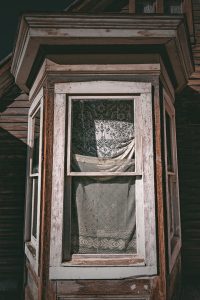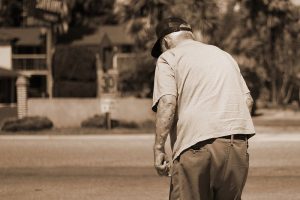 If you have an elderly loved one who lives in a nursing home in Oceanside or elsewhere in Southern California, do you need to be concerned about the risks of nursing home sexual abuse? According to a recent report from CNN News, “vulnerable seniors are being raped and sexually abused by the very people paid to care for them.” Allegations of rape and sexual abuse are arising in nursing homes and assisted-living facilities across the country. Despite the fact that it is difficult to know precisely how many cases occur each year, the CNN News report suggests that “this little-discussed issue is more widespread than anyone would imagine.”
If you have an elderly loved one who lives in a nursing home in Oceanside or elsewhere in Southern California, do you need to be concerned about the risks of nursing home sexual abuse? According to a recent report from CNN News, “vulnerable seniors are being raped and sexually abused by the very people paid to care for them.” Allegations of rape and sexual abuse are arising in nursing homes and assisted-living facilities across the country. Despite the fact that it is difficult to know precisely how many cases occur each year, the CNN News report suggests that “this little-discussed issue is more widespread than anyone would imagine.”
What are some of the significant findings in the report? What should you know about the signs and symptoms of sexual abuse in nursing homes?
Nursing Homes May be Negligent in Reporting Sexual Abuse and Assault
 California Nursing Home Abuse Lawyer Blog
California Nursing Home Abuse Lawyer Blog

















